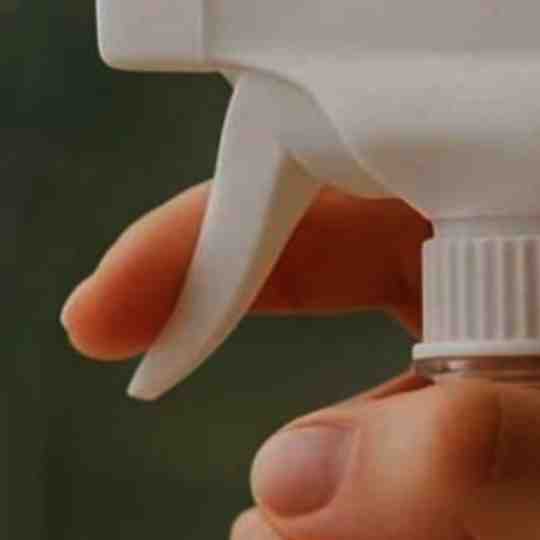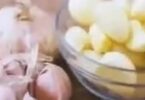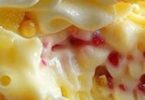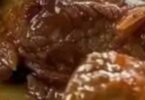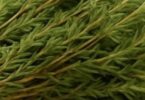Vinegar is the Key to Streak-Free Windows and Shiny Surfaces, But Most Use It Wrong — Here’s the Right Way to Use It
Vinegar has long been hailed as a natural cleaning powerhouse — cheap, non-toxic, and incredibly effective. But while many turn to vinegar for gleaming windows and shiny surfaces, a large number of people unknowingly misuse it, resulting in streaks, dull finishes, or even damaged surfaces. This guide breaks down exactly how to use vinegar the right way to make your glass, mirrors, countertops, and stainless steel sparkle — without a single streak in sight.
Why Vinegar Works
Vinegar, particularly white distilled vinegar, is a mild acetic acid. It cuts through grease, breaks down mineral deposits, and lifts dirt from smooth surfaces. However, because it’s an acid, improper use can lead to poor results — especially when it’s not diluted or used on incompatible surfaces.
Common Mistakes When Using Vinegar
Before we dive into the correct method, here are a few common missteps to avoid:
- Using undiluted vinegar: This can leave behind a cloudy residue or damage some surfaces.
- Cleaning in direct sunlight: This causes the solution to evaporate too quickly, leaving streaks.
- Using vinegar on the wrong materials: Vinegar should never be used on natural stone (like granite or marble), unsealed grout, or some wood surfaces.
- Skipping the wipe-down step: Letting vinegar air-dry often causes more streaks, not fewer.
The Right Way to Use Vinegar for Streak-Free Windows and Shiny Surfaces
✅ WHAT YOU’LL NEED
- White distilled vinegar
- Distilled water (important for streak-free results!)
- Spray bottle
- Microfiber cloths or lint-free paper towels
- Squeegee (optional but recommended for windows and glass)
- A small bucket (for larger jobs)
Step-by-Step Method
STEP 1: MAKE THE PERFECT VINEGAR CLEANING SOLUTION
In a clean spray bottle, combine:
- 1 part white vinegar
- 1 part distilled water
Example: For a medium batch, mix 1 cup of vinegar with 1 cup of distilled water. Using distilled water prevents mineral deposits from tap water that can cause streaks.
STEP 2: PREPARE THE SURFACE
Remove dust and debris before applying the solution. Use a dry microfiber cloth to gently wipe the area. This prevents grime from smearing when wet.
STEP 3: SPRAY LIGHTLY — DON’T SOAK
Mist the solution directly onto the window, glass, or shiny surface. Avoid over-spraying. A light coat is more effective and easier to wipe without leaving streaks.
STEP 4: WIPE WITH A MICROFIBER CLOTH
Use a clean, dry microfiber cloth (or a crumple-free paper towel) to wipe in a Z-pattern or circular motion. Microfiber grabs dirt and absorbs moisture, reducing the chance of streaks.
Tip: Flip the cloth frequently to a dry section.
STEP 5: OPTIONAL SQUEEGEE FINISH FOR GLASS
For windows or large mirrors, follow with a rubber squeegee. Start at the top and pull down in straight, overlapping lines. Wipe the blade with a cloth after each pass.
STEP 6: BUFF FOR EXTRA SHINE
Use a dry microfiber cloth to lightly buff the surface after cleaning. This removes any remaining residue and gives the surface a crystal-clear shine.
Where You Can Use Vinegar
- Glass windows and doors
- Bathroom mirrors
- Stainless steel sinks and fixtures
- Glass stovetops
- Car windows (exterior only)
- Ceramic tiles
Bonus Tips
- Add lemon essential oil for a fresh scent and boosted grease-cutting power.
- Avoid hot surfaces, as they cause the vinegar to evaporate too quickly, leading to streaking.
- Change cloths often — dirty or damp cloths re-deposit residue instead of removing it.
Conclusion
Vinegar is a cleaning gem — but only when used correctly. By diluting it properly, applying it in the right conditions, and using the correct wiping technique, you can say goodbye to cloudy glass, smudges, and streaks. Keep a bottle of this natural wonder ready, and you’ll always have a quick, chemical-free solution for that next gleaming surface
Enjoy!

